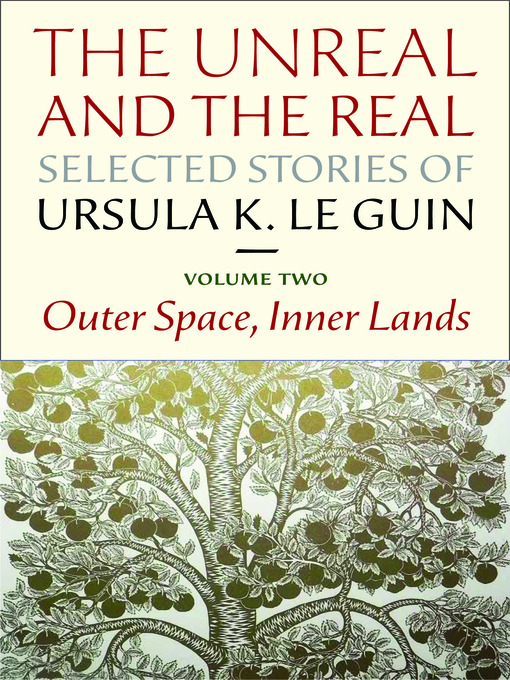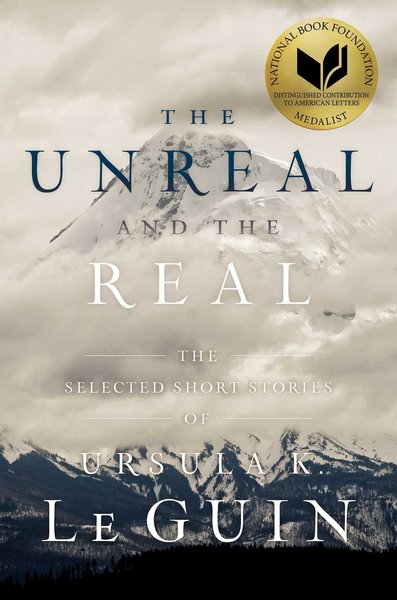

“Genre, a concept which could have served as a useful distinction of various kinds of fiction, has been degraded into a disguise for more value-judgment. She writes about the relationship between myth, legend, science fiction, fantasy, and magic realism. 2: Outer Space, Inner Lands about the blurring of boundaries between genre fiction and literature.

Le Guin writes in the introduction of Vol. (And perhaps I’m not quite as interested in that.) I read the second volume first, because it is a collection of her science fiction and fantasy stories, selected by Le Guin herself, while the first volume, Where on Earth, spotlights her more “realistic” fiction. Small Beer Press recently published two volumes of Le Guin’s stories, and I was eager to read them. Several of her novels and story collections are also reminiscent of Doris Lessing’s, or vice versa.įor those of you who don’t know her work, I would put her in line for the Nobel Prize for Literature, except that it seems no American writer will ever win the Nobel again. Later, in my twenties, a friend recommended Le Guin’s The Left Hand of Darkness, and I was amazed to discover parallels between her work and literary writers like Borges and Calvino. Nesbit’s books, Jonathan Key’s The Forgotten Door, and A Wrinkle in Time over and over, but then I gave up genre fiction. Le Guin was the first science fiction/fantasy writer I read as an adult. This two-volume collection was published in 2012 by Small Beer Press and reissued in 2016 by Saga Press. In her honor, I am reprinting my post about The Unreal and The Real: Selected Stories of Ursula K. I wrote here a few years ago that Ursula K.


 0 kommentar(er)
0 kommentar(er)
